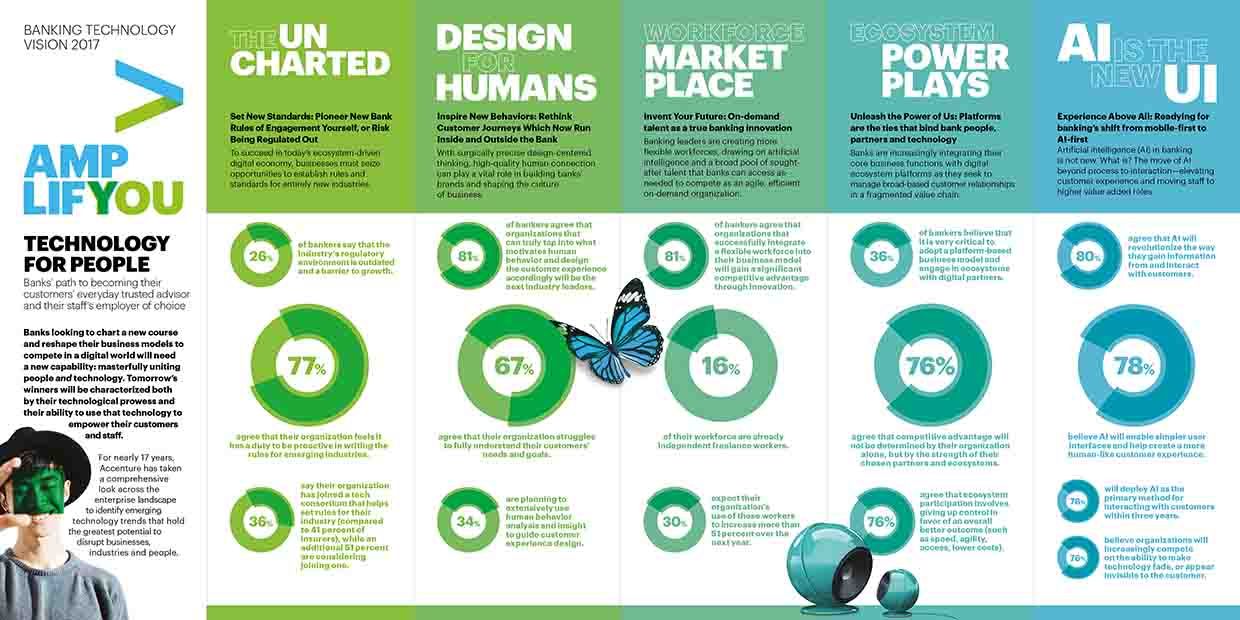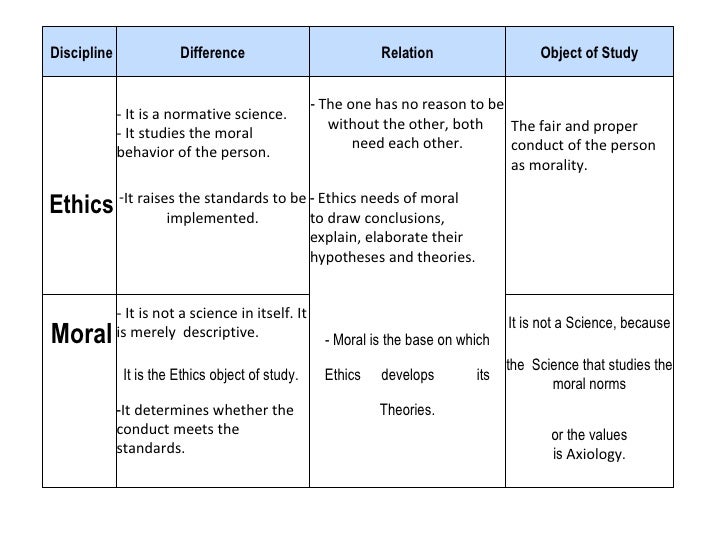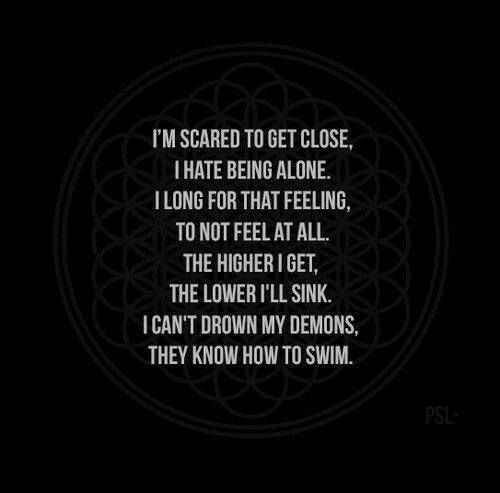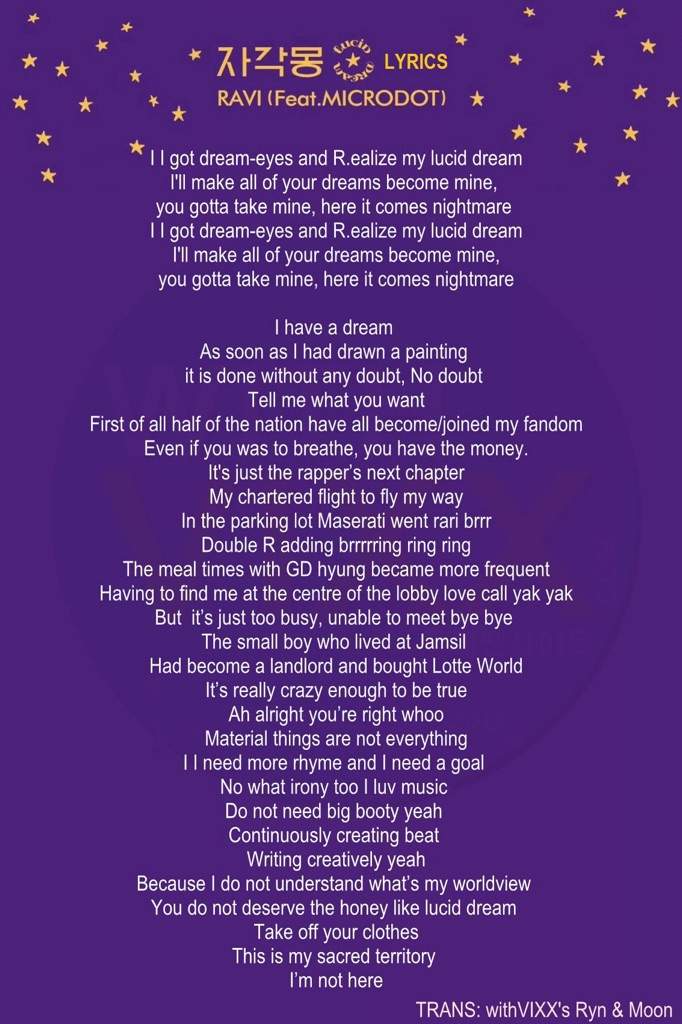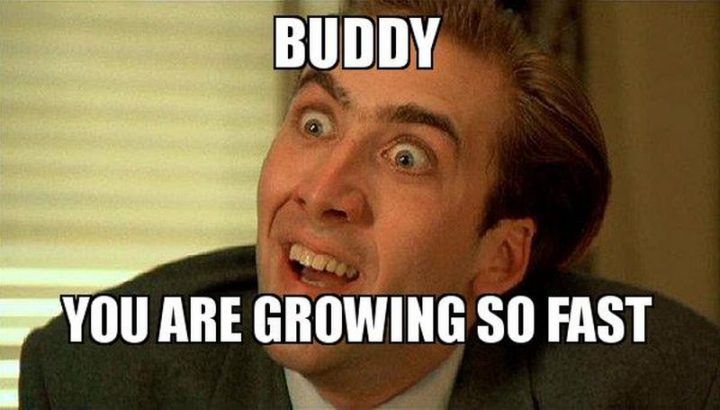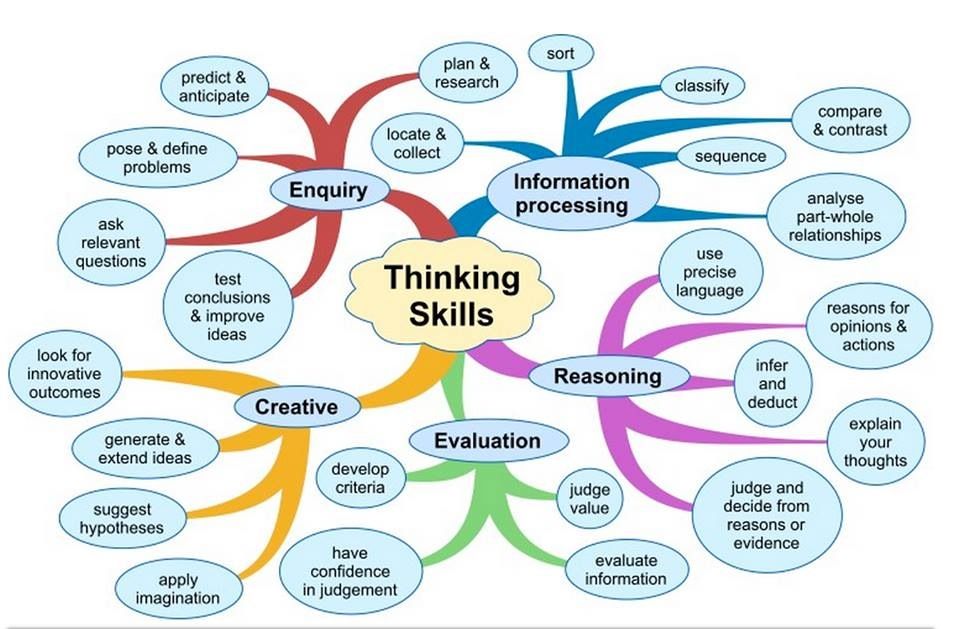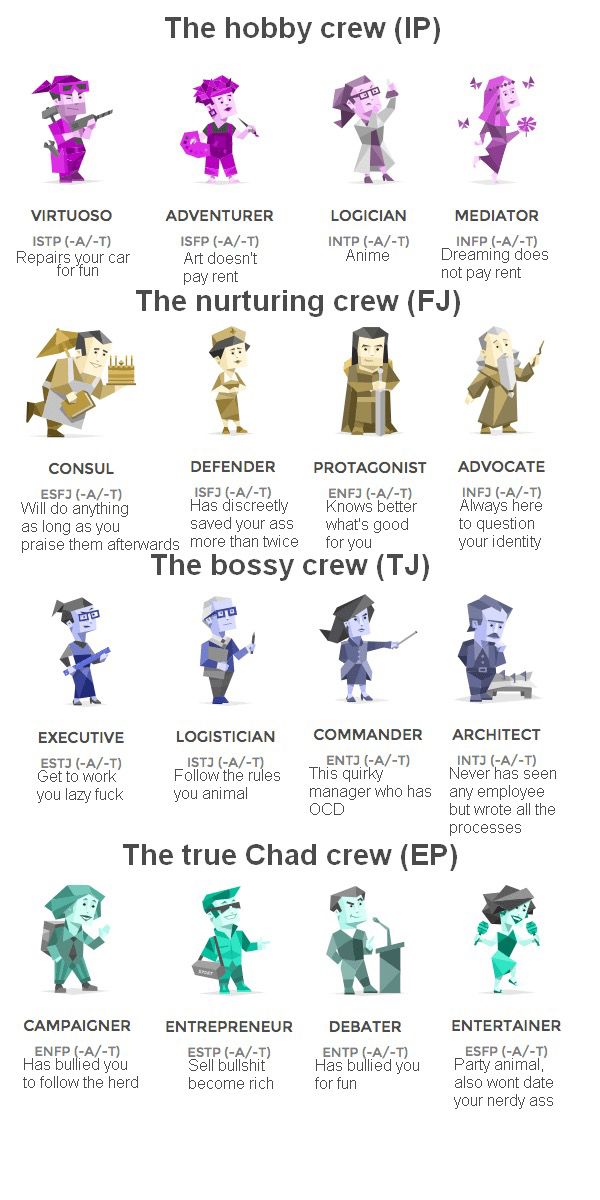Power of human connection
The Importance of Human Connection
By Dr. John Delony
By Dr. John Delony
We live in a strange world. We communicate without talking. We fight without throwing a punch. We celebrate milestones with tiny digital hearts and thumbs-up emojis. And as our digital interactions skyrocket, the data shows we’re losing real human connection. Millions of us have 1,000 “friends” online but no one who can help us move our couch.
In 2019, three in five Americans described themselves as lonely, and this was before the pandemic collapsed our social lives.1 In the fall of 2020, Harvard sent out a survey and found that things are getting worse—especially among specific groups. Half of new mothers and six out of 10 young adults (aged 18–25) say they are “miserably” lonely. 2
Our independence is built into our cultural identity. We come from a legacy of bootstraps, lone cowboys and figuring things out for ourselves. But researchers, mental health professionals and public officials agree: Many Western countries are facing a social epidemic that’s devastating for our well-being. Simply put: Loneliness is killing us. The stress of disconnection contributes to addiction, ADHD, anxiety, depression, heart disease, obesity and suppressed immune systems . . . just to name a few.3,4
Your mental health matters. Order Own Your Past, Change Your Future today!
We must work to make this right. The stakes are too high. But what do we even mean by human connection? What does it look like?
What Is Human Connection?
Human connection is when two or more people choose to engage in vulnerable interactions where each person is heard, seen, known and valued. You’re connecting with others if you feel better about yourself or the world after you’ve been with them. At the same time, connection is a risk because people may accept you, challenge you, love you, or call you out.
Connection is a disposition you have toward people—more of a mindset than a relationship status. It’s the way you treat the friends you’ve had for 20 years, and your kids, and your spouse, and the person in the Burger King checkout line.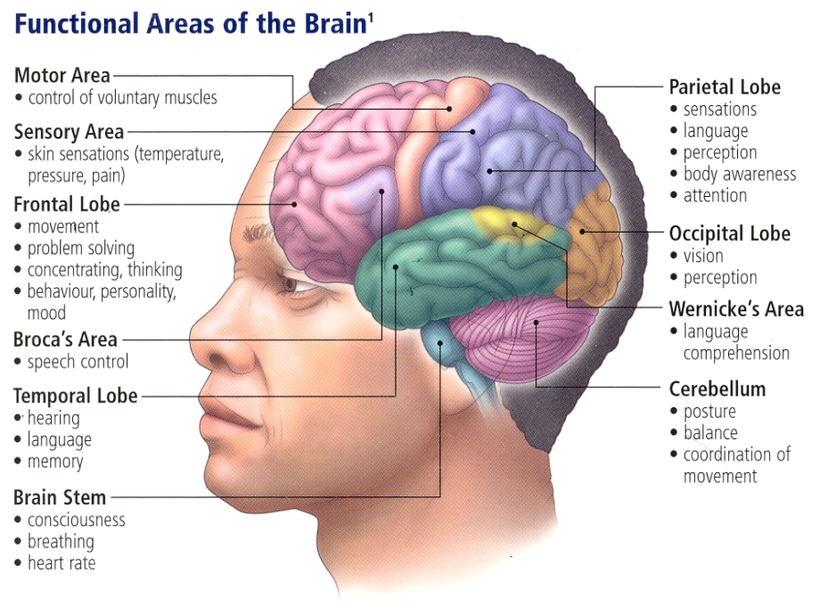 Do you aim to really see, know and value people? And do you let others see, know and value you?
Do you aim to really see, know and value people? And do you let others see, know and value you?
For your closest relationships, I like to sum it up this way: Connection is being fully known and fully loved. Sadly, most of us believe that we have to choose between being known and loved. We hide and edit the parts of ourselves that have gotten us hurt before. We tell ourselves stories like, If she only knew about ____, she’d leave in a heartbeat. We live in the shallow end of our relationships, afraid to go deep because of the potential consequences.
"For your closest relationships, I like to sum it up this way: Human connection is being fully known and fully loved."
-Dr. John Delony
But real connection is like scuba diving. You simply cannot stay on the surface if you want to have rich and meaningful relationships.
Let’s unpack this a little more by talking through what human connection is—and what it’s not.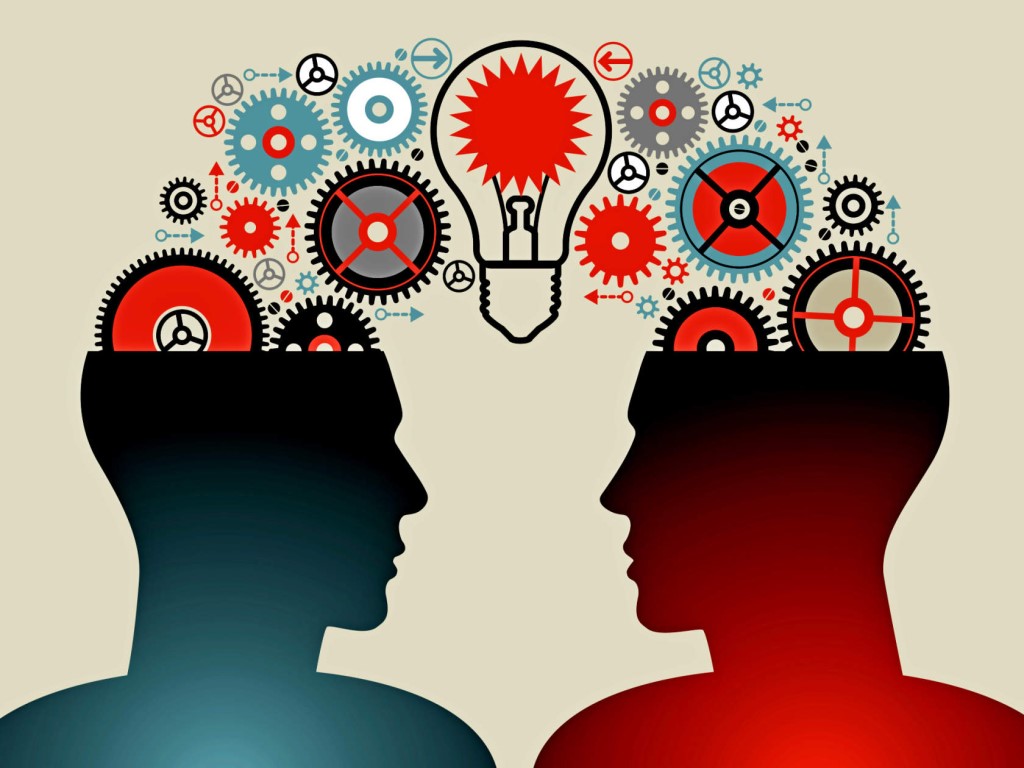
What Human Connection Is NOT
Human connection is not perfect and comfortable.
Close and intimate relationships sound like rainbows and butterflies, but they’re actually super messy. Sooner or later, you’re going to screw it up. You’re going to be disappointed. But a messy relationship doesn’t always mean you’re doing something wrong—in fact, it might mean you’re doing something right.
Human connection is not digital.
Snapchat, TikTok, Twitter, Instagram, Facebook and any other platform I’m not cool enough to know about do not foster human connection. They can act as a starting point or provide information updates (see next point), but they don’t even come close to the depth and excitement of connection and conversation with a real human.
Human connection is not an exchange of information.
We live in a data-obsessed, information-driven world. We spend much of our days simply passing along information, but communication doesn’t always equal connection.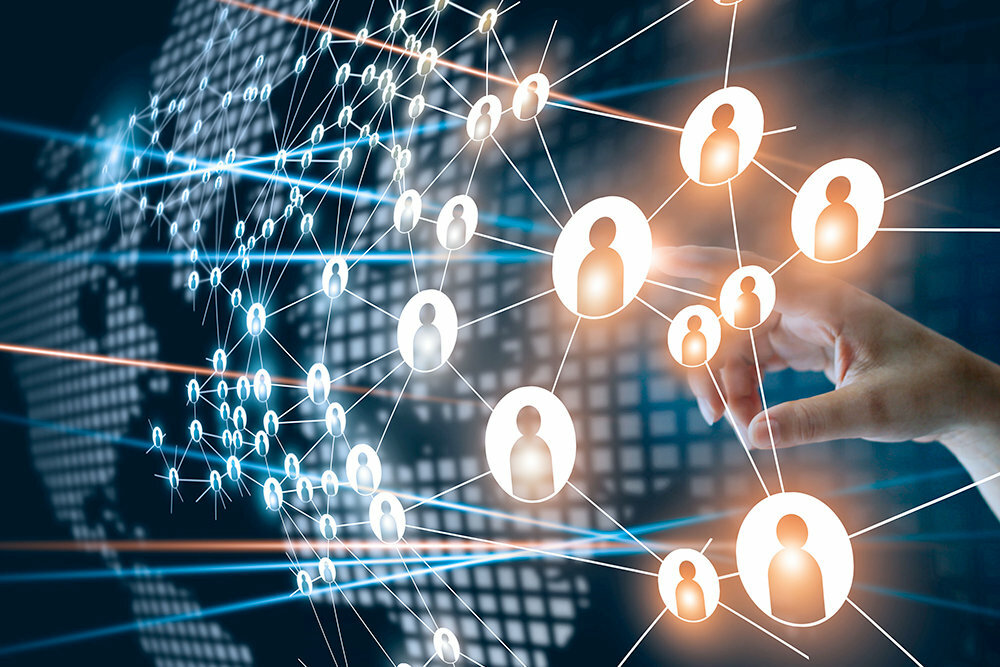 I can text my wife “I love you” all day long, but actually holding her face and looking in her eyes and saying “I love you” is an intimate, connected experience. And it’s risky.
I can text my wife “I love you” all day long, but actually holding her face and looking in her eyes and saying “I love you” is an intimate, connected experience. And it’s risky.
Human connection is not one-sided.
My friend and fellow mental health professional Chip Dodd likes to say that relationships are not transactional—they’re transformational. Relationships should be mutually life-giving—not soul-sucking and toxic. That being said, you can choose to go first and initiate connection with others. But at the end of the day, you cannot connect with someone who doesn’t want to connect with you.
Human connection does not take place in an echo chamber.
Our default mode as human beings is to find people who act and think and look just like us and make them our friends. But true connection happens when we reach out and understand people who are different from us (newsflash: that’s everyone) and engage with them, despite those differences.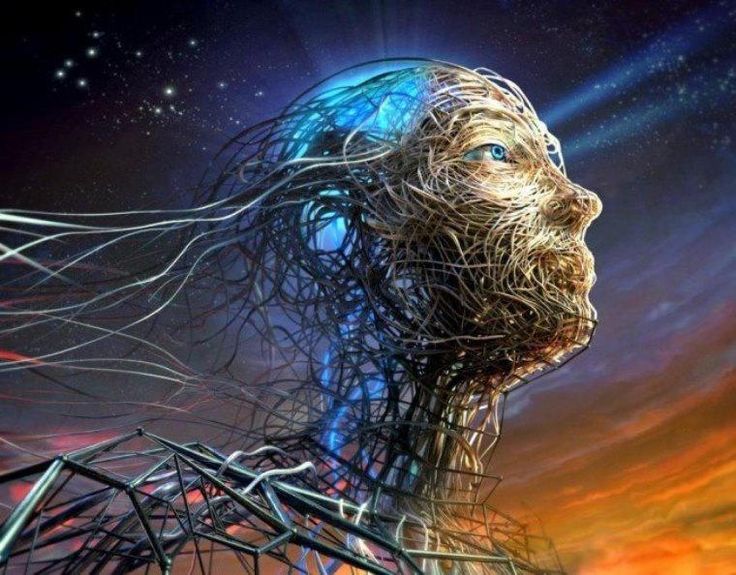 Connection is often uncomfortable because it both challenges and encourages us.
Connection is often uncomfortable because it both challenges and encourages us.
Human connection is not proximity.
You can be close to someone physically but not be connected to them. If you’re married, you know what it’s like to be in the middle of a fight or struggling to get on the same page: That six-inch space between you in bed can feel like 1,000 miles. I’ve mastered the art of disappearing at the dinner table or being completely alone in a crowded room. Connection needs proximity, but proximity does not guarantee connection.
What Human Connection IS
Human connection is something that can be cultivated and practiced.
One of the big myths we’ve bought into about relationships is that you’re stuck with the skills you were born with or the example that your family gave you. Negative! Relationship skills can be learned and practiced.
If you have a hard time making or keeping friends, or feel horribly awkward at parties, or long for a more intimate connection with your partner, you can learn skills that will help you get there. You can learn to listen, ask good questions, plan ahead, rearrange your schedule to prioritize people . . . the list goes on. You’re not stuck.
You can learn to listen, ask good questions, plan ahead, rearrange your schedule to prioritize people . . . the list goes on. You’re not stuck.
Human connection is risky.
As I said above, all relationships start with risk. Whenever we choose to expose ourselves—to be fully known—we run the risk of also being hurt. In fact, I can guarantee you that you will hurt and be hurt if you’re doing relationships well. But the risk is what makes it so exciting and scary, and ultimately, so beautiful.
Human connection is sharing the gift of presence.
Connection is about other people—not you. It’s about hearing each other, digging below the surface, and choosing to truly understand someone’s picture of reality. You cannot be connected with someone if you’re distracted by your phone or letting your mind wander. You cannot be connected to someone if you’re always waiting for your turn to speak or to tell your version of a story they’re telling.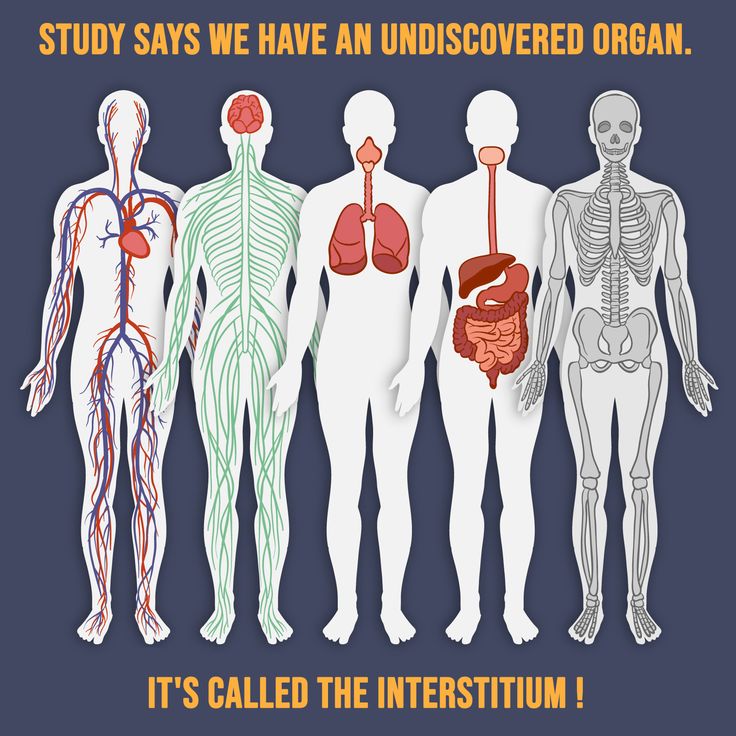 Even if you’re just sitting with each other in silence, being fully present is absolutely essential for connection.
Even if you’re just sitting with each other in silence, being fully present is absolutely essential for connection.
Human connection is active.
Relationships are intentional, and they are work. But it’s a life-giving, soul-filling kind of work. Connecting with people requires thoughtful planning. It requires spontaneity. You’re always investing, rebuilding, expanding and excavating. You’re saying, “I’m sorry,” saying, “That hurt,” and saying, “You know . . . let’s go for it!”
How to Connect With People
Learning to connect with people is a lifelong adventure. It’s going to look different for each friendship and community—family, work, church, city, nation—but here are a few practices to help steer you in the right direction.
1. Take care of yourself.
Often, we have a hard time connecting with people because we’re weighed down by past pain. We choose to hold on to past traumas, cling to unhealthy relationships, and ignore our physical and relational health. We loop negative stories in our minds, like I’m no good at making friends. If my mom didn’t want me, surely no one else does. I’m too loud, too unattractive, and too introverted.
We loop negative stories in our minds, like I’m no good at making friends. If my mom didn’t want me, surely no one else does. I’m too loud, too unattractive, and too introverted.
If you remember nothing else from this article, please hear me on this: You are worth having deep, life-giving relationships. Do whatever it takes to be well and learn new skills. Do what it takes to heal, even if that means working with a therapist.
2. Be intentional about scheduling time with people.
Quality time comes from quantity time. If you want connection, make time for it. Turn off Netflix, pick up your phone, and call a buddy to invite him over for a drink or chips and salsa. Stop spending your nights and weekends checking in on work, and instead have friends over for dinner or take your kids to a park and throw water balloons at them. Make time for people.
3. Put screens down.
Technology is often counterproductive to connection. As much as possible, choose movement and/or conversation with people over screen time.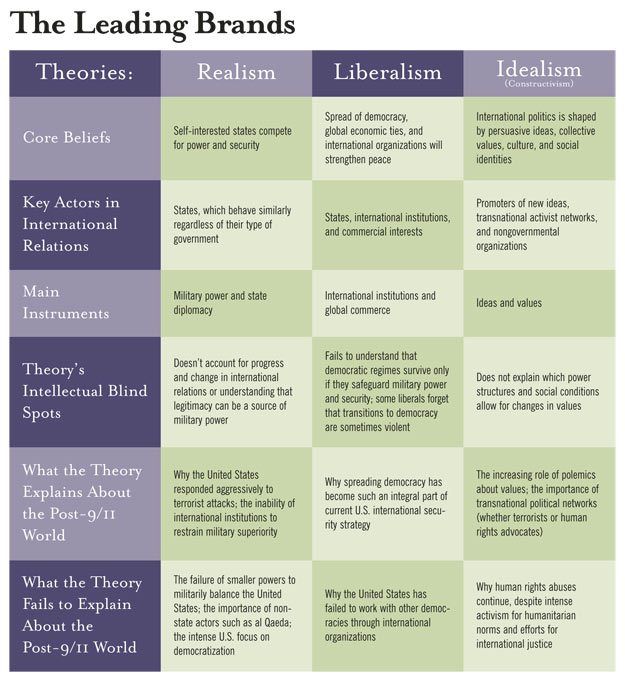 A new rule in my home is this: When someone speaks, all phones go down and all eyes go to the person. Even if I put my phone down and look my kids in the eye only long enough to tell them that I need to finish a text message or an internet search, I want everyone in my home to feel more valuable than a flashy metal box.
A new rule in my home is this: When someone speaks, all phones go down and all eyes go to the person. Even if I put my phone down and look my kids in the eye only long enough to tell them that I need to finish a text message or an internet search, I want everyone in my home to feel more valuable than a flashy metal box.
4. Look people in the eye.
This one is pretty basic, but it makes an incredible difference in how connected you feel to someone. I said earlier that part of connection is being seen—and I mean this in both the literal and metaphorical sense. Eye contact is a simple and powerful way to create connection. And while you’re looking people in the eye, put down your screens and take out your headphones or earbuds. Physically demonstrate that you’re connected.
5. Ask questions, listen, then ask more questions.
When people are talking to you, pay attention. Listen. Focus on what they’re saying. Ask follow-up questions. Dig deeper. Show people you care by practicing the art of conversation.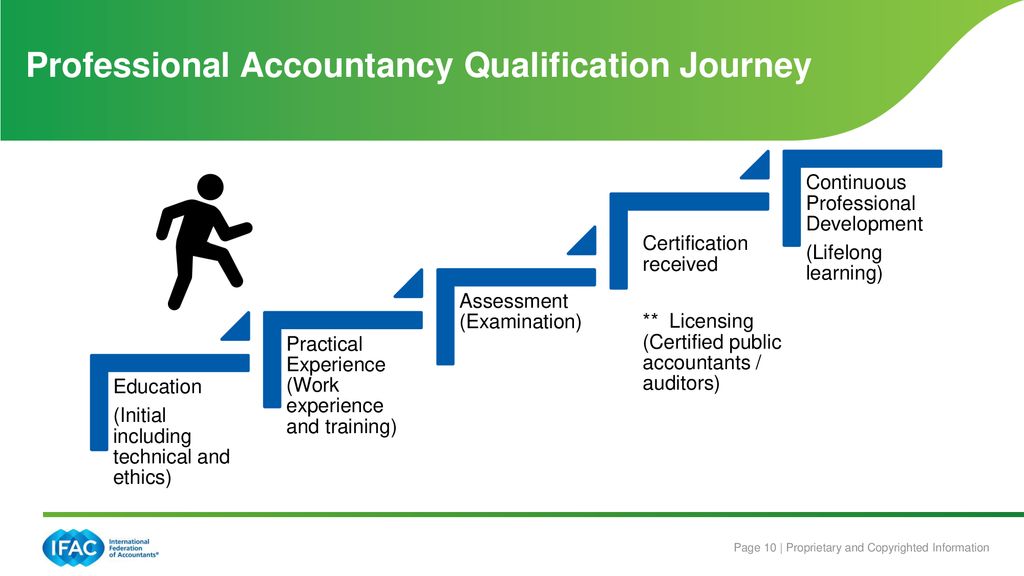
6. When appropriate, be physically affectionate.
Our bodies crave physical touch. When appropriate (don’t be a creep or an idiot), ask for permission to give someone a hug, grab their hand, or pat them on the back. If you’re in a romantic or parent relationship, cuddle on the couch or spend time in extended embrace. If you’re married, make sex a priority—especially if you’ve been together a while. You have to practice desire for each other.
7. Extend lots of grace and forgiveness.
Remember: Relationships are risky, and they are messy. We live in a “cancel culture” that is constantly putting people on trial, scrutinizing their every move, and giving people death sentences for their first offense. Be different. Forgive. Be hospitable. Extend grace and compassion and forgiveness to people‚ just like you’d want someone to do for you. (This is all part of being emotionally intelligent.) Redemption is the best part of every good story.
8. Be an involved member of groups that matter to you.

Connection should first happen in our most intimate circles with friends and family. But eventually, we should all consider how we can be an engaged member of the larger community around us. From church to school to nonprofits to local politics, follow the thread of interest that connects you to a group of people you care about. Be present. Be engaged. Let your walls down. Remember: Connection is a choice (and proximity alone won’t do the trick).
Tune Into The Dr. John Delony Show
Although I’ve just written an article on the topic of connection, I want to close with this: I’m still learning. I’m still in process. We all are.
You are worthy of human connection—the kind of friendships that keep you up past midnight in deep discussion, make you laugh so hard you pee your pants, and push you to take risks and grow and change.
If you want to go deeper with the people in your life, I invite you to watch The Dr. John Delony Show. I help people just like you and me set down the weight of trauma so they can connect with themselves and the world around them.
About the author
Dr. John Delony
Dr. John Delony is a mental health expert with two PhDs from Texas Tech University—one in counselor education and supervision and the other in higher education administration. Before joining Ramsey Solutions in 2020, John spent two decades in crisis response, walking with people through severe trauma. Now at Ramsey Solutions, John writes, speaks and teaches on relationships, mental health, anxiety and wellness. He also serves as co-host of The Ramsey Show, the second-largest talk show in the nation that’s heard by 18 million weekly listeners, as well as host of The Dr. John Delony Show. In 2022, John’s book Own Your Past, Change Your Future instantly became a #1 national bestseller. You can also find John featured on DailyMailTV, Fox Business and The Minimalists Podcast. Learn More.
The Power Of Human Connection
by Cary Yoga
When our world had to hit the pause button in March of 2020 due to the pandemic, our intrinsic need for human connection was more apparent than ever before.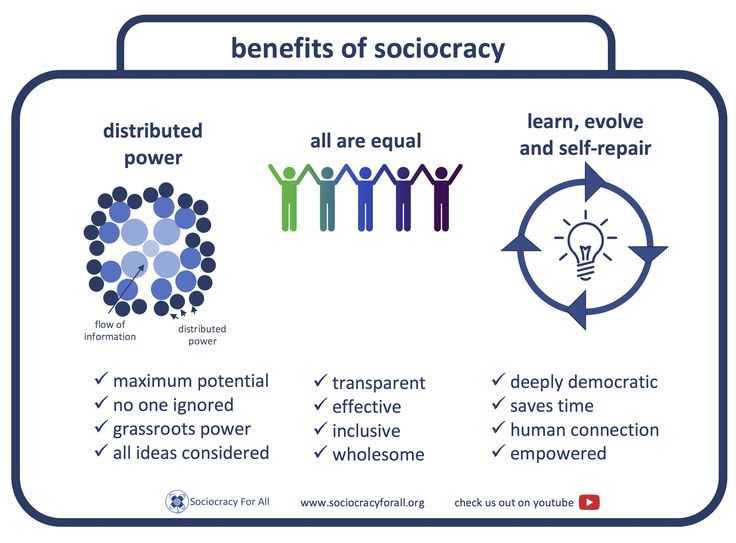 We missed our families, friends, colleagues, neighbors and social circles in churches, volunteer groups and clubs. We longed to go to restaurants, concerts, theaters, gyms and schools, and outside errands like grocery shopping suddenly became a treat rather than a mundane task. Though this unforeseen opportunity to spend down time alone or with immediate family was treasured by some, we have to remember how challenging and difficult it was for others. We missed hugs, handshakes, helping hands and laughter outside of our homes – leading even those surrounded by family to feel restless and lonely at times.
We missed our families, friends, colleagues, neighbors and social circles in churches, volunteer groups and clubs. We longed to go to restaurants, concerts, theaters, gyms and schools, and outside errands like grocery shopping suddenly became a treat rather than a mundane task. Though this unforeseen opportunity to spend down time alone or with immediate family was treasured by some, we have to remember how challenging and difficult it was for others. We missed hugs, handshakes, helping hands and laughter outside of our homes – leading even those surrounded by family to feel restless and lonely at times.
There are dozens of studies about the power of human connection. It turns out those comforting, warm feelings of being embraced, heard, supported and understood are necessary for our well-being. In fact, many studies have shown that people who have several satisfying relationships are happier, healthier, and live longer. Human connections have countless of other benefits as well.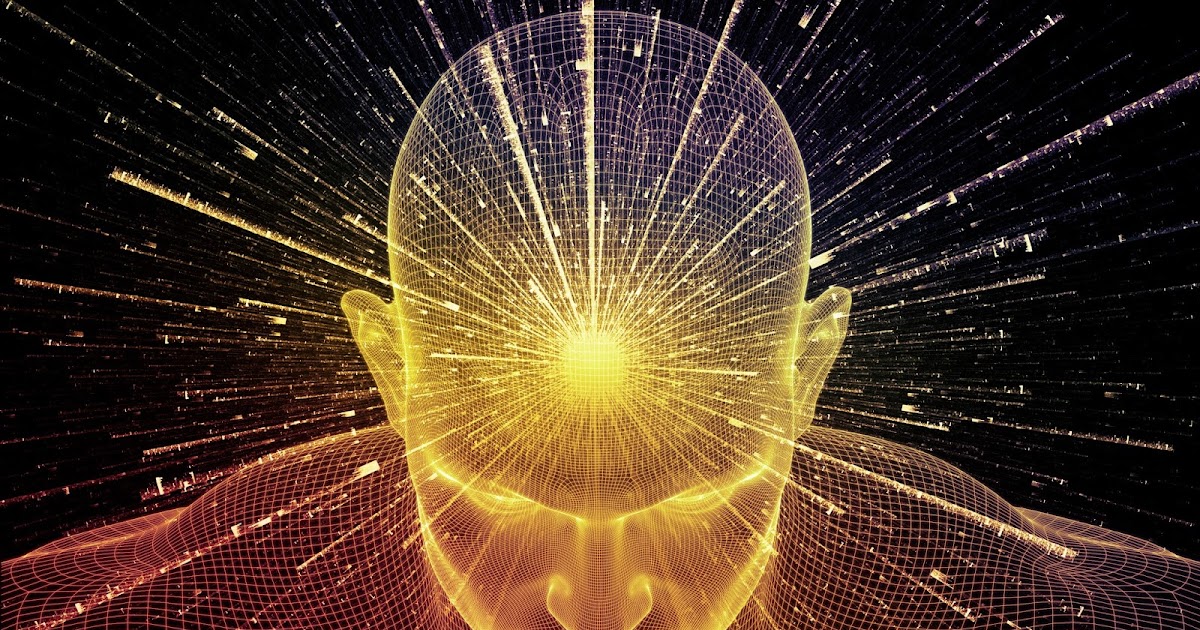 According to Emma Seppala, author of a 2016 book titled “The Happiness Track,” people who feel more connected have lower anxiety and depression. They also tend to have greater self-esteem, more empathy for others, and are more resilient and trusting.
According to Emma Seppala, author of a 2016 book titled “The Happiness Track,” people who feel more connected have lower anxiety and depression. They also tend to have greater self-esteem, more empathy for others, and are more resilient and trusting.
“We are cups constantly in need of being filled. The trick is knowing how to tip ourselves over and let the good stuff out.” – Ray Bradbury
Social connection is defined as the ability to feel close to others, or feeling like you belong to a circle or group. And it is in fact essential to our happiness. Author, professor and activist Brene Brown specializes in this subject, and stated in an interview that “A deep sense of love and belonging is an irresistible need of all people. We are biologically, cognitively, physically and spiritually wired to love, to be loved and to belong. When those needs are not met, we don’t function as we were meant to.”
The good news is, there are many simple ways to stay connected! We can surround ourselves with those we love, those who lift us up and those with similar interests.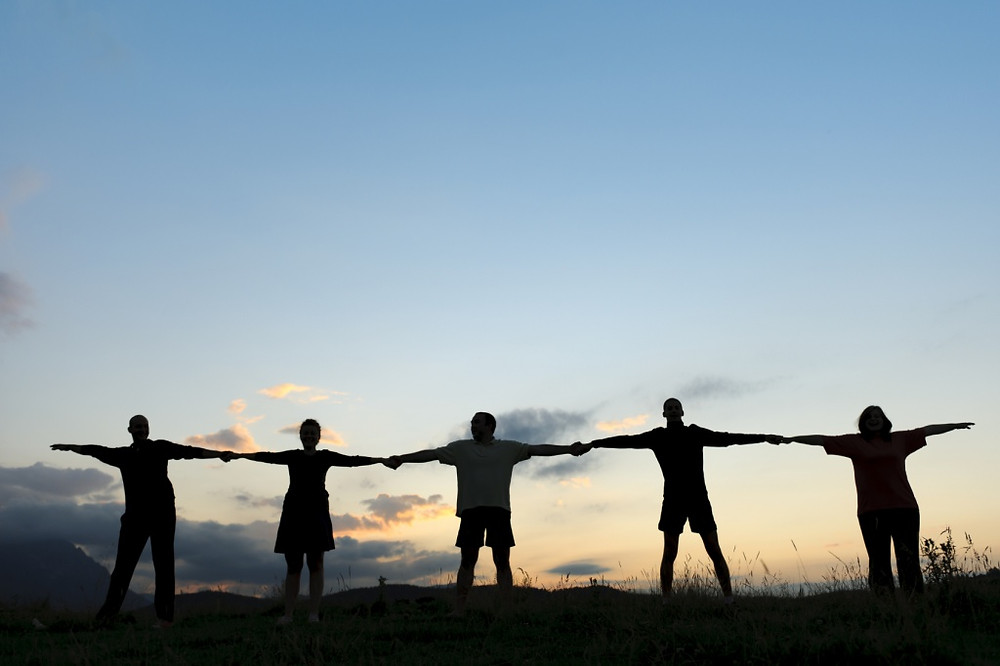 We can stay in touch regularly with friends and family, join clubs and organizations, and even connect instantly to others with a kind gesture or warm smile. And we have plenty of opportunities to meet new people through work, school or just being out and about.
We can stay in touch regularly with friends and family, join clubs and organizations, and even connect instantly to others with a kind gesture or warm smile. And we have plenty of opportunities to meet new people through work, school or just being out and about.
“We need four hugs a day for survival. We need eight hugs a day for maintenance. We need 12 hugs a day for growth.” – Virginia Satir
Covid revealed just how vital our human connections are, and how important it is to work together in to find cures, fight injustices, and protect our big beautiful globe. You know the saying – two heads are better than one – and so are two hearts, minds and souls. So I’m on a mission to give more hugs, find more laughter and to support others as much as possible each day, and I hope you’ll do the same.
Namaste~
Heather
Category: CYC BlogTag: Cary Yoga Collective, community, Connection, Human connection, social connection, yoga
About Cary Yoga
Irina Bakumenko On the value of human communication
| Report the news |
Interview with Tagilcity.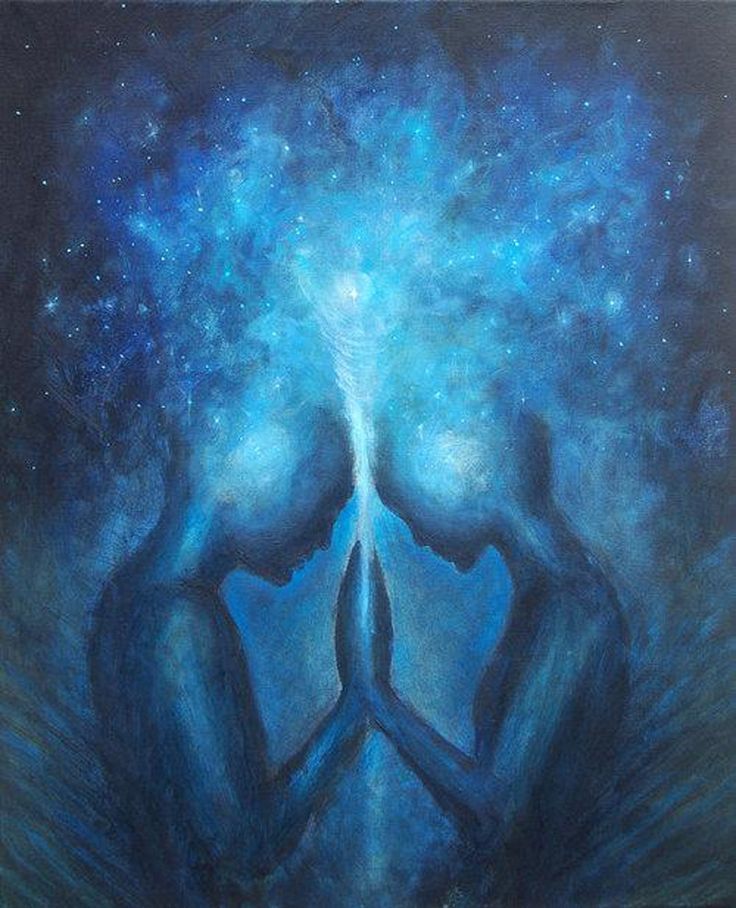 ru
ru
The value of human communication
Irina Bakumenko is the leading cinema club "Red Guard"
,0002 "The largest large the luxury in the world is the luxury of human communication”Antoine de Saint-Exupéry
We often don’t know much about ourselves and when we communicate, we recognize ourselves: we ask questions, we are asked questions - we get an answer, we are given some kind of answer .
This is how the process of self-knowledge takes place: through Art, oneself, the people around.
Irina Bakumenko
host of the Kinogurman club at the Krasnogvardeets cinema
How did Kinogurman appear?
— First came the cinema club "ECHO" - Screen of Artistic Discoveries. We created it with Vitaly Skorev, projectionist of the Krasnogvardeyets, who had a good collection of musicals, for the students of the music school.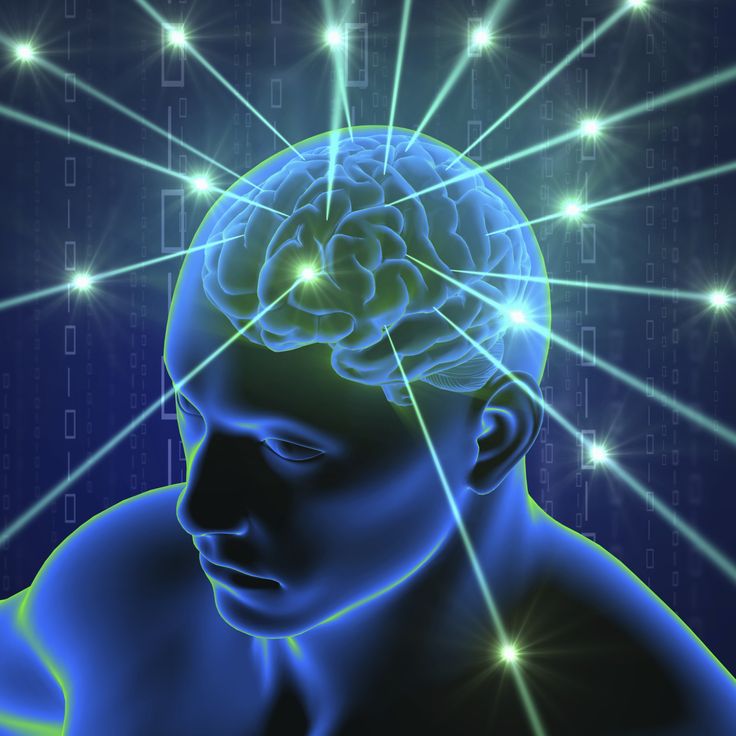 The musical "Cats" by E. L. Webber was the first to be staged. It turned out to be so popular that the idea arose: "Shouldn't we try this for an adult audience?"
The musical "Cats" by E. L. Webber was the first to be staged. It turned out to be so popular that the idea arose: "Shouldn't we try this for an adult audience?"
At the first Kinogurman on December 1, 2005, we showed A. Fedorchenko's film First on the Moon and were surprised to find that people are interested in it, that cinema is just an ocean!
Even in the 12 years of the Cinema Club's existence, there are still so many unwatched and interesting things left, and new ones are coming out!
— Why discuss films?
— You can endlessly discuss the problems of politics and social problems, but here we are not always able to change something. Great, real, Art is eternal under any conditions and policies.
In such conversations, you compare your opinion, your abilities, your judgments and personal experience with what you see on the screen and ask yourself: “What would I do if I were the hero?” or “Why did he do that?”
— What determines the degree and depth of film perception?
— The depth of immersion in the universal problem and oneself depends on the quality and quantity of the people who came, and the film that we watch sets the vector for this.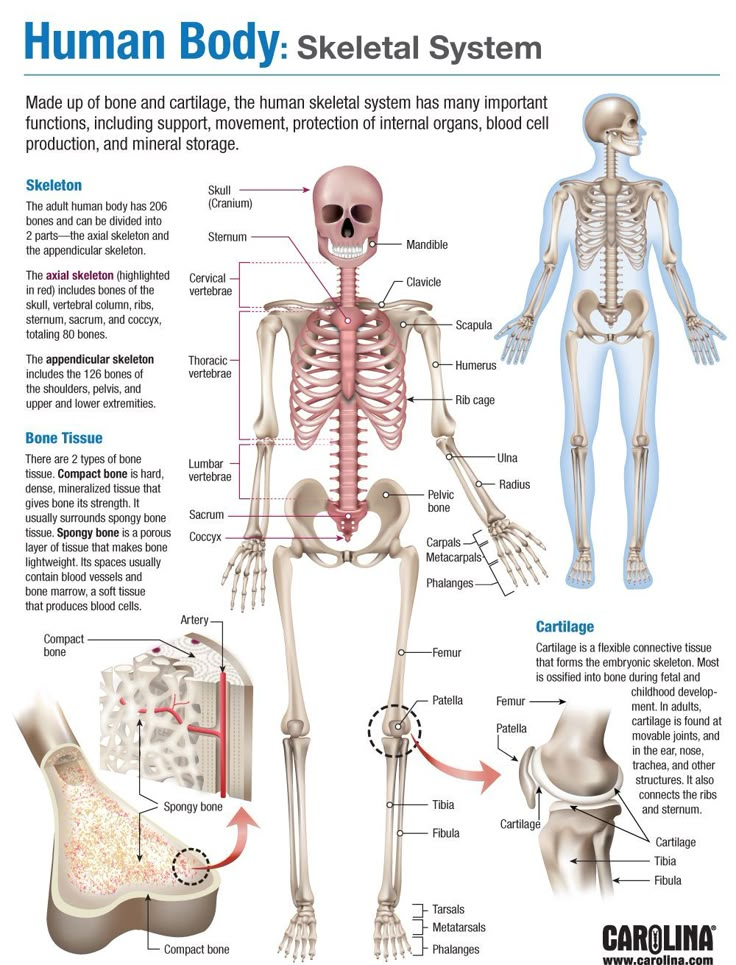
Everything can be watched on a computer for a long time, but why do people come to the cinema to see these films?
In philately, small stamps are used to transfer images of famous paintings by famous artists, but it is impossible to get a complete picture of the picture by looking at a tiny stamp.
On the big screen you suddenly see subtleties and such important moments that you think: “Oh my God! How did I not see this? This is the magic of the big screen.
- What's in these meetings?
- Gathering people is a very big job and it is important to create a special atmosphere in which they feel that I am waiting for them all, love, respect and appreciate their judgments about the film. I wonder when my opinion is not the same as someone else's.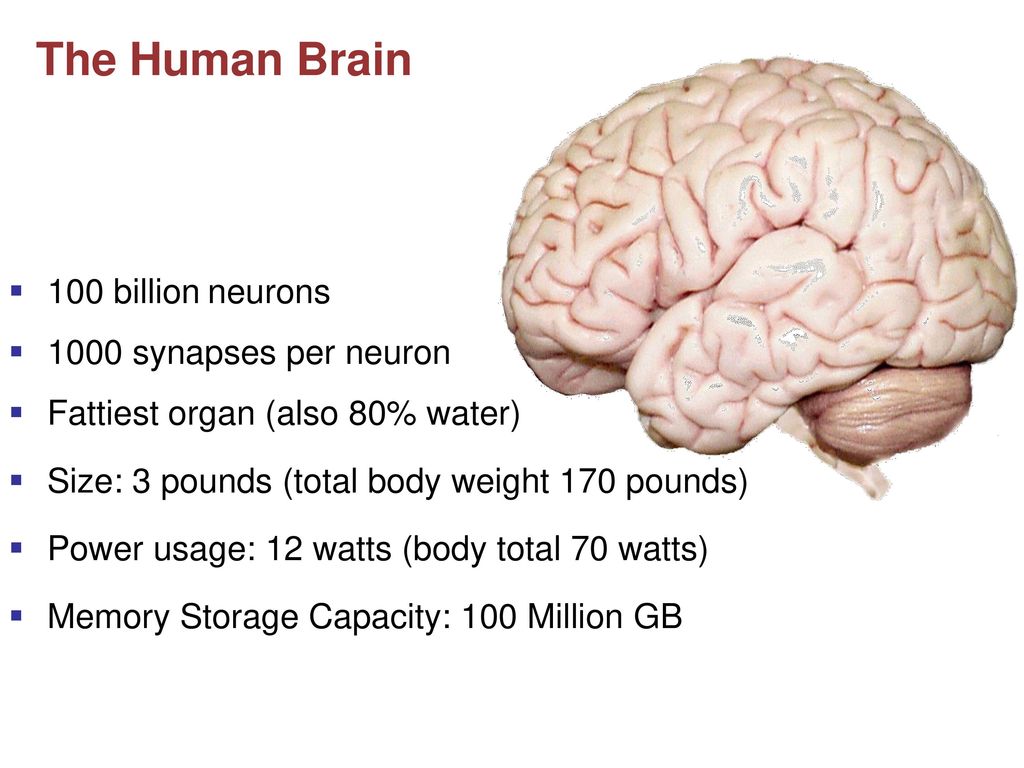
We never see the 16th stone, as in the famous Japanese garden "Ryoanji", we see only 15. And another person approached the same topic from a different angle and saw a "stone" that you did not notice.
Then you wonder: “How did I not even see this!” and so grateful then for the puzzle that was added to my impression, and it became more voluminous.
— Which people come more often?
— Very interesting people of different ages and professions: students, artists, museum workers, teachers, journalists, accountants, sportsmen, massage therapists, doctors, someone working at the factory as an engineer or a worker. In general, there is no one!
They come from Clapboard, Prospector, Tagilstroy, Galyanka, even Yekaterinburg.
They come specially, they come to Krasnogvardeets! After work, cold, hungry, to watch a movie, to chat with me, with gourmands.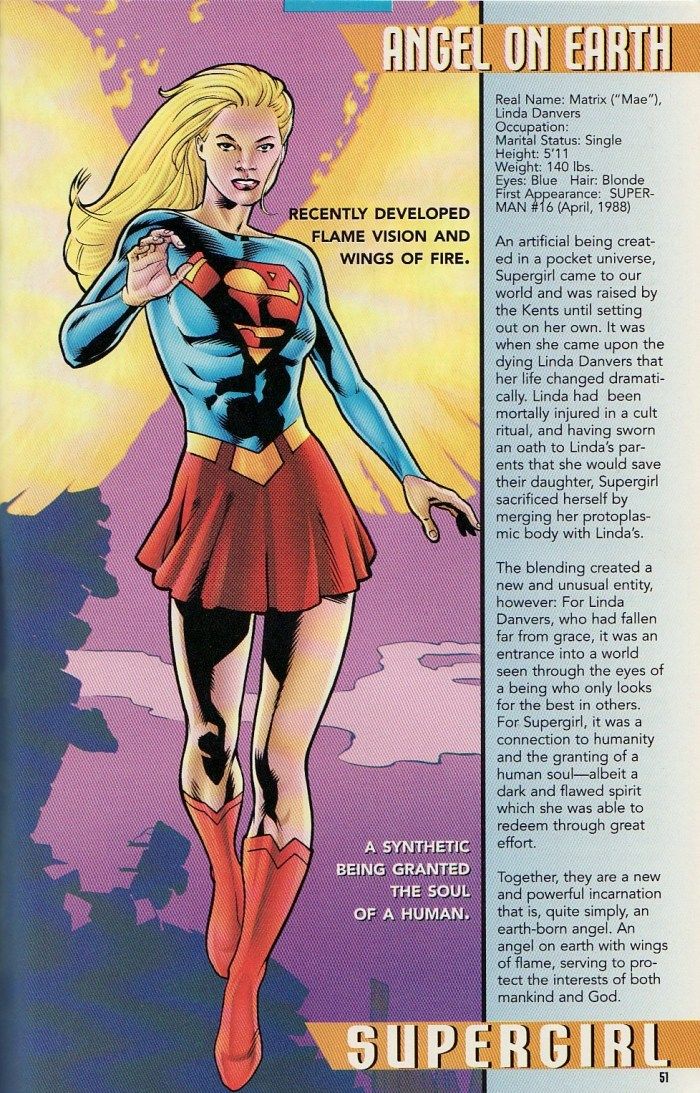 It is very valuable and I really appreciate it.
It is very valuable and I really appreciate it.
Before each Film Club I am very worried, will I get to the point of waiting? Will it be interesting to people, important? Will we have a discussion? They will say: "Thank you" or "What a bad movie you picked up, Irina Anatolyevna."
On the other hand, I understand that we are all very different. We all have different expectations, different problems, vision and understanding of life. Therefore, it is normal that we do not agree in some opinions.
Did you like it?
It is important for some people to immediately talk about this topic after the film, while for others it is important to be in silence and digest what they have seen.
When they just leave, I think “Did you like it?”, but judging by the fact that they come again for the next film show, they like it here. I never force anyone to speak about the film, because this is a very intimate, delicate process and the person himself decides whether to go to public communication.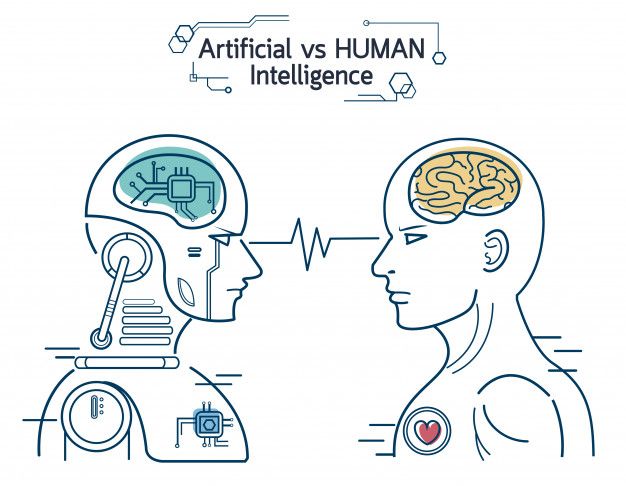
Children are sometimes brought to see films. For example, there was a wonderful film - "Riding the Whale" - just amazing for family viewing. There were so many thanks!
"Tell me what you love and I'll tell you who you are"
There is an interesting saying - "Tell me who your friends are and I'll tell you who you are." And I say this: "Tell me what you love in the Art of cinema, painting, theater, literature, music - and I will tell you who you are."
Intuitively sorting out his own problems, a person watches how another, for example, the hero of a film, acts in the same situation. He chooses those works that resonate with his inner state.
Preferences are like the litmus paper of a state of mind.
Artists often say “Art teaches nothing”
or does it teach?
Serious and profound Art - teaches. Not directly, but indirectly.
On someone else's example, we live another life, form a moral and ethical core and gain experience: emotional, mental and spiritual.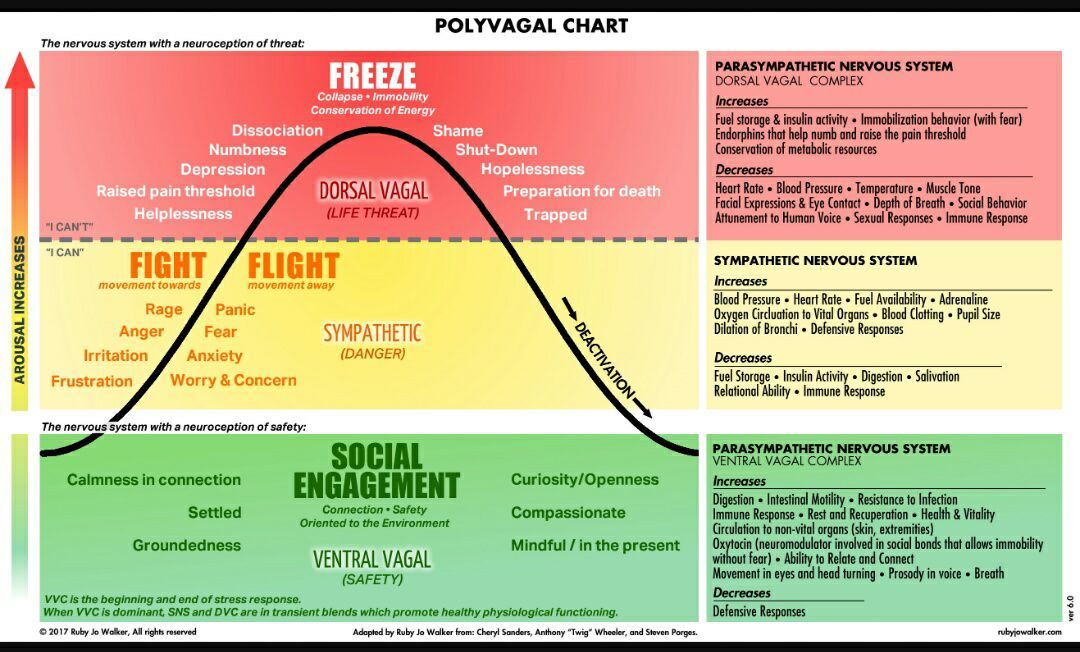
But to study or not is already a personal choice.
Does the perception of a film change over time?
Some films in my youth made a great impression on me, but then I could not say anything intelligible about them. And curious: "And now how?"
Now I am watching a film and I see in it with joy what I could not understand at the age of 20, because I was not ready. Our soul either grows or it doesn't. I am already an elegant age and I understand that life has not been lived in vain, that I have accumulated some kind of human baggage. I have pushed the boundaries of my soul and am able to deeply understand what this film is about and why the director created it - this is a wonderful moment.
Since I myself am growing as a person, then, probably, the volume of my soul attracts people. As a culturologist with a third education, I can understand trends, some things in general, tell about the language of art. I am savvy in this regard, and I must be like that.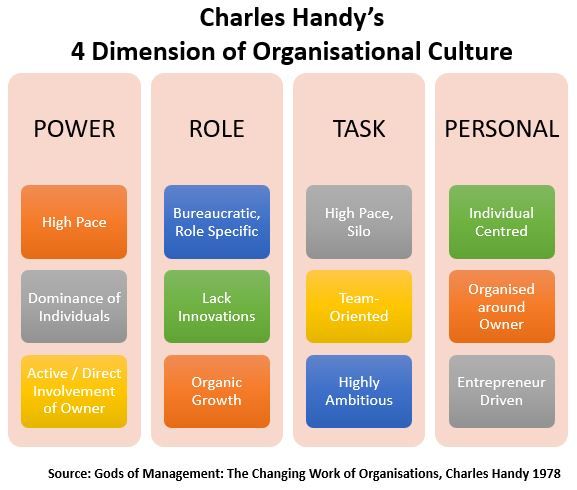
Art is the most ancient human activity. What is the secret of "longevity"?
Art is created not only for professionals to look for some "isms" in it. It is created for people. Mayakovsky said: "If the stars are lit, then someone needs it."
Art exists even longer than philosophy and law. Why? Because it is intended, first of all, not to entertain, but to make a person a spiritual entity - to humanize.
When you see a “recruited” person, it is very interesting to communicate with him, because the main thing is not who you are, but who you are with. Relative to the other, you know yourself. This process, obviously, is being launched at the Cinema Club.
- What becomes the subject of discussion ?
— In “Kinogurman” we talk not so much about cinema, although of course the starting point is the film, but about life in general.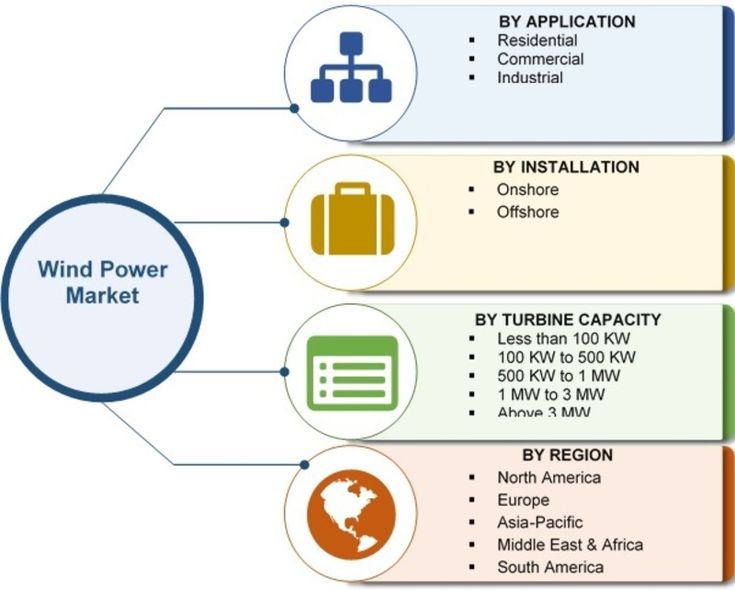 The only reason for communication is the topic that the director reveals in the film.
The only reason for communication is the topic that the director reveals in the film.
— What does each event/film mean to you?
— For me, every film, every event is also a certain point of growth. I understand that I am not standing still, that I am developing, that I am moving. This is a very important point - that a person is always on the move.
— How are films selected? Or is there no principle?
- By principle!
· To have a deep idea
· To be professionally filmed
· To have good acting
· To show an interesting human story.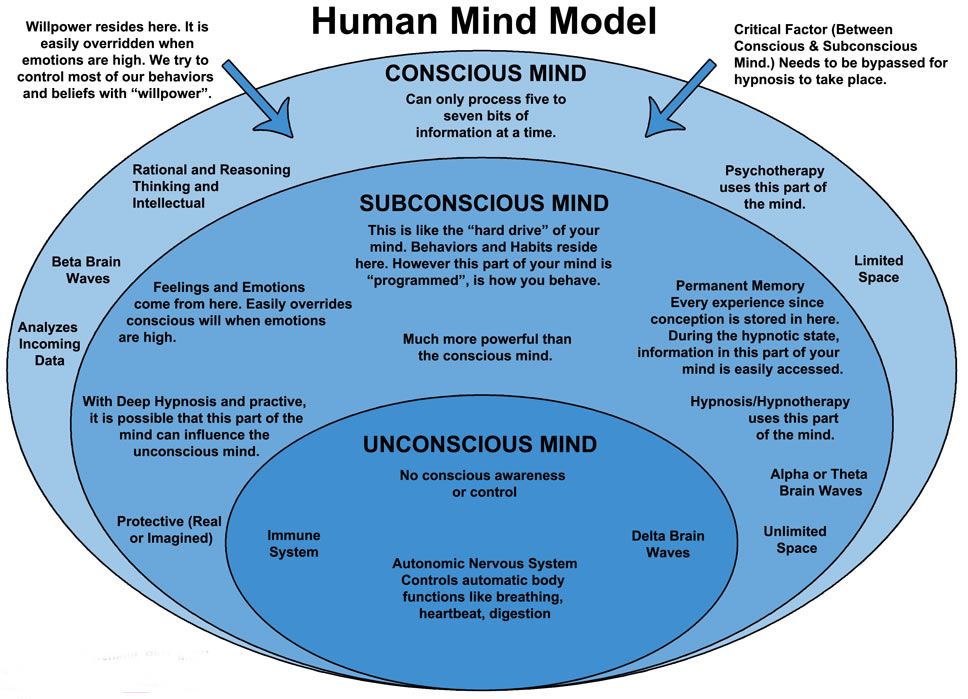
Why did the film "The Partner" evoke such a response? Because there is neither about bankers, nor about oligarchs, nor about crime - there are no such people in my environment. I am surrounded by ordinary people, and I want to know how an ordinary person, of the same status as me, is going through various life difficulties. How in them he remains a man, no matter what. Therefore, the story that is laid down there is important to me.
I also think that I have no right to overload people.
They are already overloaded with problems in life. If I choose some kind of serious film, maybe even difficult to perceive or with a tragic ending, then it should still give at least some hope, some “light at the end of the tunnel”.
For example, we watched V. Sigarev's film "To Live". A very difficult film and very difficult to perceive, but its message is life-affirming: “Whatever happens to you in life, live. Live. There is nothing more precious than life." We left the hall with a heavy feeling after this film, but it gave food for deep thought.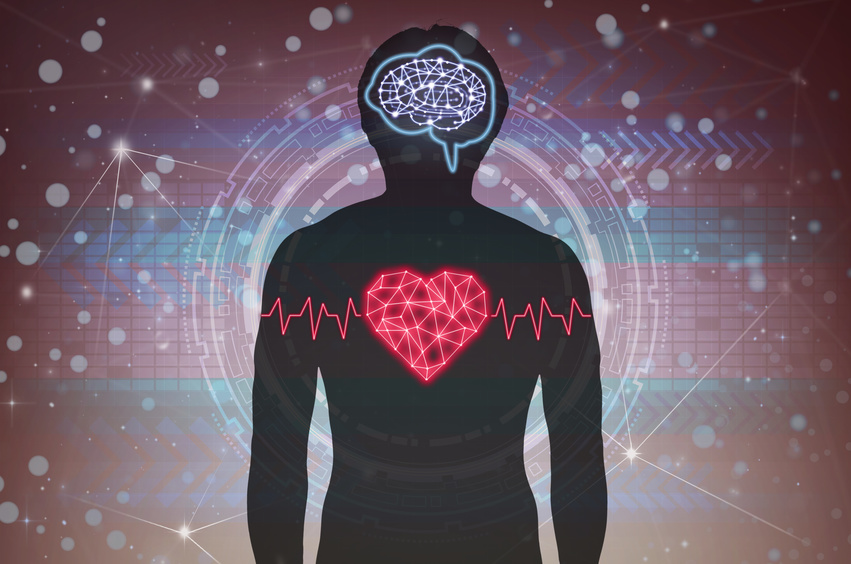
These films and meetings have been coming for many years. Why?
In our time, most of the intelligentsia is limited to a wallet, so that part of the trip to theaters and museums in Moscow and St. Petersburg. I traveled a lot in Soviet times, but now there is no such opportunity, and I create this communication artificially, at the expense of Kinogurman.
We go to exhibitions, philharmonic concerts, we even traveled together. Having met at the cinema, a lot of kind, good, interesting, smart and intelligent people have been added to our environment - this is great! We call, we meet, we make friends. 9
— The theater management, with gourmets and respect for the selection of films that I make, treats the selection of films that I make to Cinema.
I would like to see Zvyagintsev. We have already watched one of his films - "Exiled" - and he is amazing. “Faust” by A. Sokurov was also amazing! It's like a touch of classic to classic.
Unfortunately, I couldn't watch A. German. Because it causes such disappointment in a person, in humanity. Here and so it becomes difficult to stay afloat, remaining a man, and also to watch what will knock you out, drown you - it is very difficult and you need to do it carefully. However, I try to look at the new ones.
—
— I dive into the classics, especially the Soviet one, when you want to take your soul away.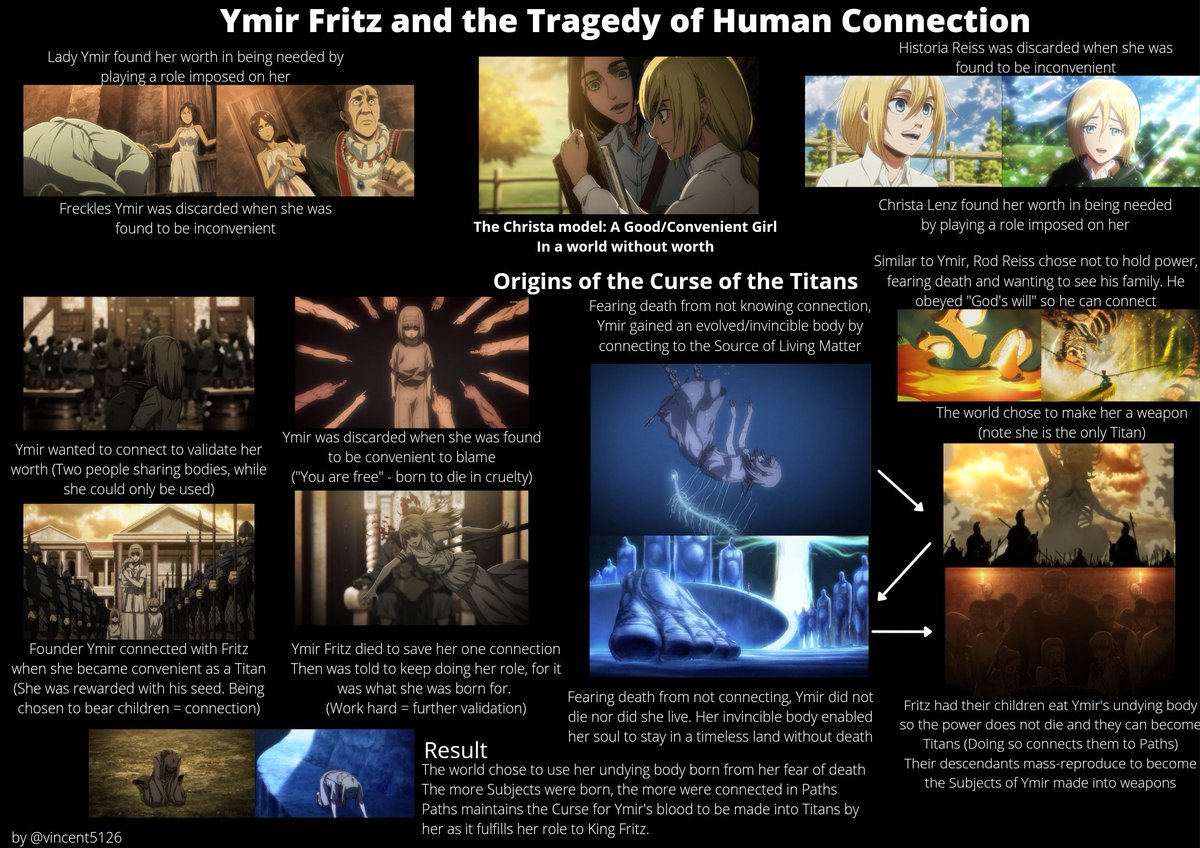 She is always just a fountain! Now Soviet cinema is interesting because it has such a constellation of personalities-creators, personalities-actors, their destinies, that it will always be relevant.
She is always just a fountain! Now Soviet cinema is interesting because it has such a constellation of personalities-creators, personalities-actors, their destinies, that it will always be relevant.
The amazing Karen Shakhnazarov in Line of Life, when he came to work at the Mosfilm studio, said:
“Outstanding directors worked there, from Eisenstein to Tarkovsky. When I came to the cinema, I found such a constellation! Sergey Bondarchuk, Larisa Shepitko, Leonid Gaidai, Elem Klimov, Eldar Ryazanov, Georgy Danelia, Alexander Alov and Vladimir Naumov, Andrey Tarkovsky, Emil Lotyanu worked at the same time. Each of these names is a brand. Ultimately, a studio is first and foremost about individuals, the people who work there.”
For example, recently we all watched and discovered such an amazing Soviet director as Ilya Averbakh.
— How do Soviet films differ from modern ones? ,
However, in the 60s there was an attempt not only to postulate, but also to make a person a value of society.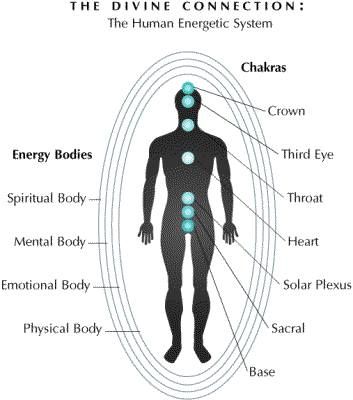 And a galaxy of such personalities came out. Therefore, if we take that the director, that the cameraman, that the actor, that the artists, that the musicians - it was such an inflorescence.
And a galaxy of such personalities came out. Therefore, if we take that the director, that the cameraman, that the actor, that the artists, that the musicians - it was such an inflorescence.
When such amazing people meet, even the average movie is far superior to what we are watching today. Because today they are fond of special effects, and special effects are not yet the quality of the film.
What is the big disadvantage of our time now? The consumer society levels the individual. Why personality? The most important thing is that you consume and be happy. The main thing is that you have money. consume. The more you consume, the more happiness you will have - And what a life, such films.
— If we imagine that those directors whose films are already out of time would have modern technical capabilities? What would happen?
- there were no possibilities for creating special effects.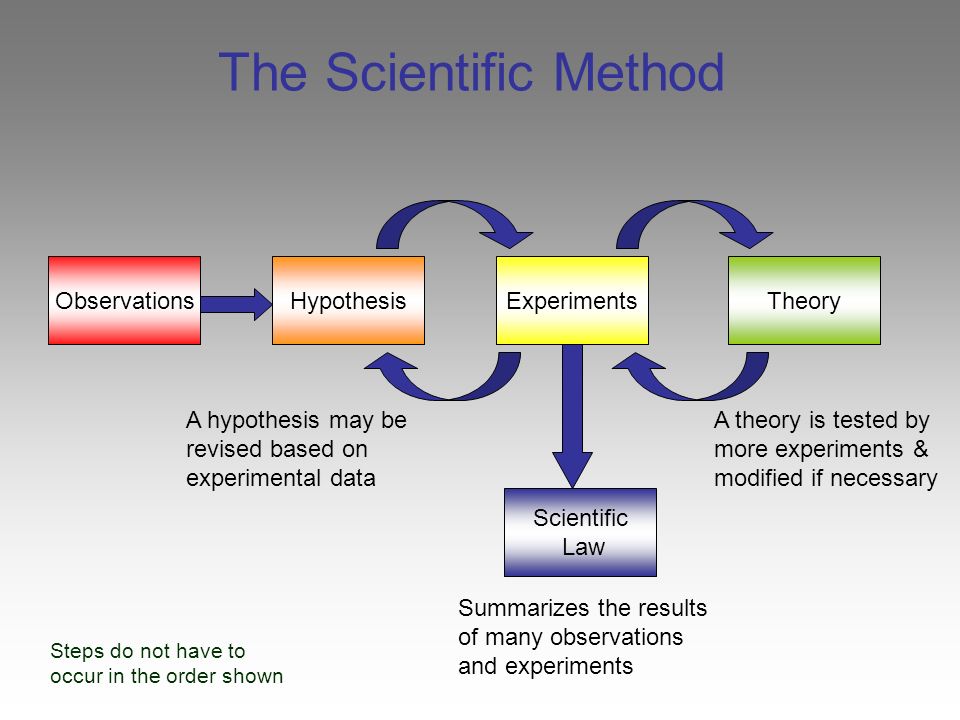 For the film "Solaris" he made a seething ocean in a basin, it's just that the cameraman shot it amazingly. Although A. Sokurov is still alive, he also shoots on film, because there is still some kind of magic in it that distinguishes it from modern films.
For the film "Solaris" he made a seething ocean in a basin, it's just that the cameraman shot it amazingly. Although A. Sokurov is still alive, he also shoots on film, because there is still some kind of magic in it that distinguishes it from modern films.
Although it's not about the special effects. It's not about the palette and the number of colors that are in front of you. The fact is that you want to paint with these paints. Why are you making this film?
To show off and say, “Oh, how wonderful I am! Oh, how can I! What a genius!" or for another purpose? Or the director's soul hurts and he does not just make a film. He shoots about what touches him. As, for example, there was a program about Mikhail Efremov, who himself was imprisoned for social problems and therefore there were many performances of precisely this specificity. One of them even - "Steelworkers" - came to us in Nizhny Tagil with E. Estigneev in the title role. I was a girl then and I remember - it was amazing!
meetings
What were the most memorable meetings?
AR Sergienko, director, came to one of the first documentary film festivals.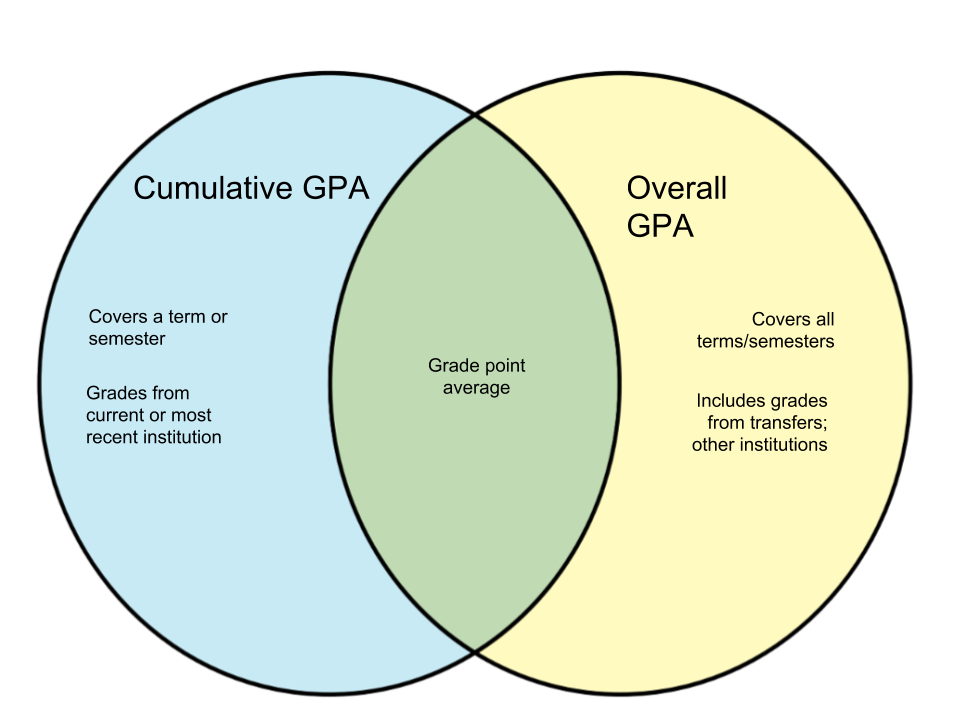 He made a film about his father, a famous documentary filmmaker.
He made a film about his father, a famous documentary filmmaker.
The film ran for over an hour. Then I got up, I have to hold a meeting, but I have a lump in my throat and I can’t speak, because I understand how difficult it is to live next to such a person. How difficult it is and how you have to match and reach for it. I myself had a question: “How do you live next to such a person ?!” People felt that I was swallowing tears and there was such an amazing silence for him - "Of course, it's not easy." A woman came out of the hall, she just hugged him and said: “Thank you for the film, thank you for dad.”
Less than a month later he died. Heart attack. Didn't save. Then I realized what a titanic work it is to make a film. After all, it seems to everyone that it is so easy. And you also need to be able to work with people and not embitter them against yourself. Create a single team that will work with you and create a product. These are nerves, this is strength, this is such a titanic work, this is such a return of the soul.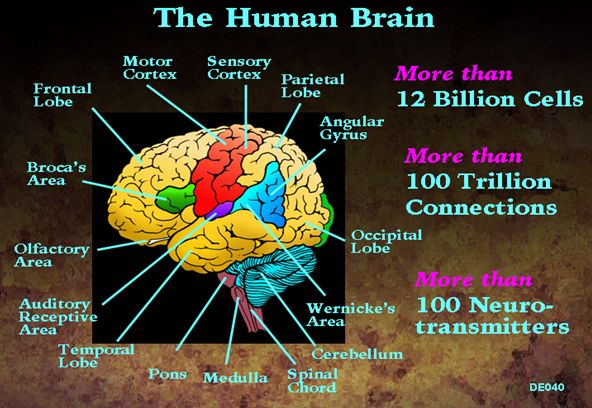
Of course, the meetings with Andrey Shemyakin are not forgotten - this is our main film critic of the country, he runs the "Documentary Camera" and heads the guild of non-fiction films.
On TV-4, the employees were simply shocked that Andrey Shemyakin suddenly appeared on Tagil television.
It's almost like Putin, only from the cinema. An intelligent and amazing person.
K. Shakhnazarov, when he took the course, said: “Guys, I must tell you right away on the shore - you have no hope for the future. Be prepared for this." Here he is right, because actors, screenwriters, directors are graduating in tens, hundreds, but we know only a few. Why does cinema have such an impact on us? Because all the arts are synthetically intertwined in cinema. The range of possibilities for influencing a person is gigantic.
moments
What are your most memorable moments?
When people just walk away with different eyes and say, “Thank you, thank you for the movie! Thank you for the interesting information, for the impressions, there is something to think about, to reflect on, thank you.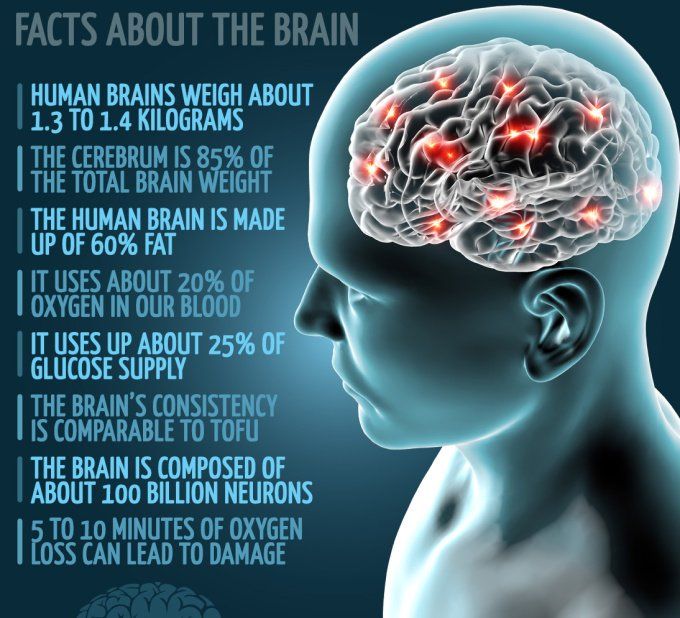 ”
”
This is the most memorable.
Jazz musicians performed "Kiss Mary Pickford" on violin and piano during the film in real time.
Jazz is music that is born here and now, and what and how the musicians will play depends on how the audience reacts.
That's why at that time I recommended people not to sit silently, but if they like something, to clap, to express their delight, to laugh. It turned out amazing. Even the musicians said: “We have been for so many years (this is not the first year in Yekaterinburg), we have never had anything like this.”
I just worked as a teacher for 38 years and I can communicate. Everyone has their own talent. Here I have a talent for communicating with people and the gift of language, the Lord God gave, so when I choose a film, the most important thing for me is to understand: about what, about what, for what and why I show it. And then I already know how to set up the audience, suggest important points, features of the construction of the film.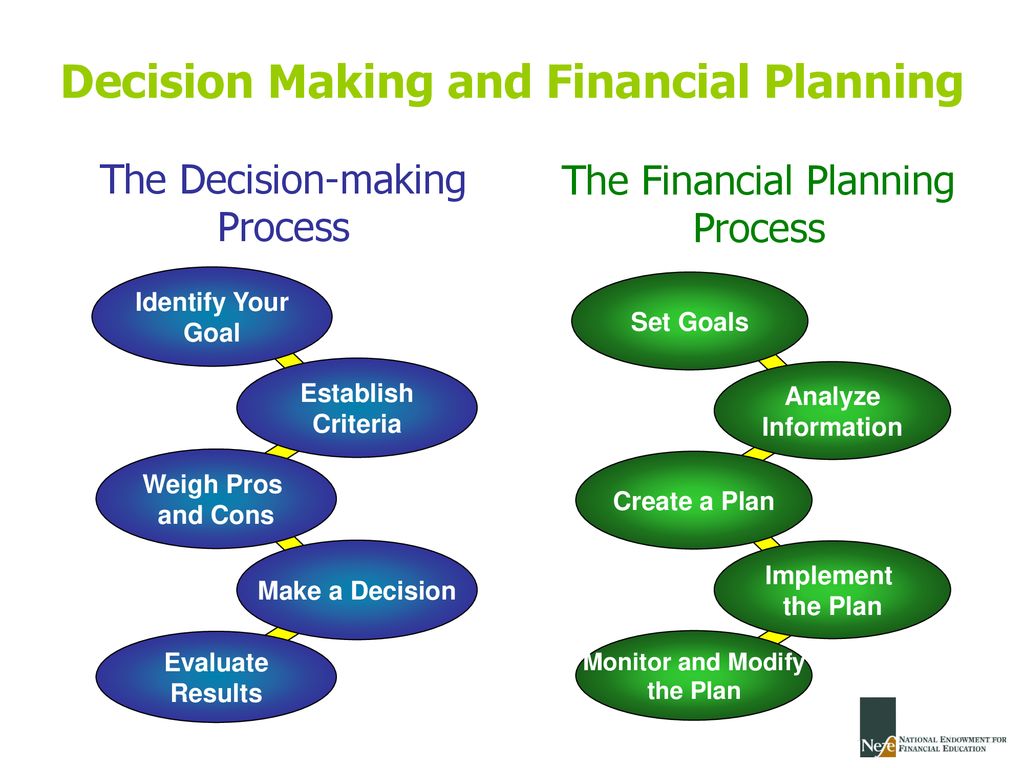
Watched an animation film festival and there were adult cartoons with adult problems. Short but capacious.
Many problems are really vital and difficult. The people came to have a little rest, but it didn’t work out, but it turned out to be a lot of mental work.
People came out with such an ambivalent feeling, because they got used to the joyful Soviet animation. It is especially suitable for children. So no one else filmed and does not shoot. Our actor, Oleg Vidov, made his fortune in America only by showing the classics of Soviet animation.
More “Crossroads” by Nastya Miroshnichenko. She brought a film about the difficult fate of the artist who lived at the station.
Wonderful, intelligent, nice person, not embittered. Showing the film in different cities, they collected money to buy him an apartment.
I told this to the guys from the art graph and they made a student exhibition at the ECHO cinema club, and after the film you had to see how they got their last pennies out of their wallets.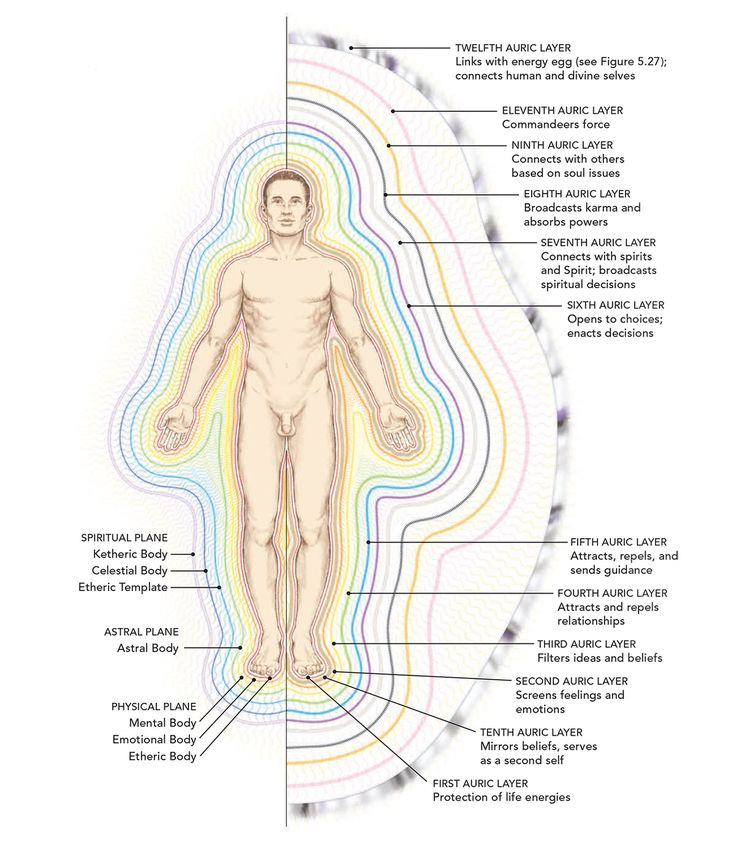 Children! Students! They put it in that piggy bank - we collected about 2 thousand. But the money was so expensive! The cinema invested a little more, and they were sent to Belarus.
Children! Students! They put it in that piggy bank - we collected about 2 thousand. But the money was so expensive! The cinema invested a little more, and they were sent to Belarus.
A piece of ours is now in this artist's apartment. It's amazing! This is amazing! The cinema exists for this, and not just to show off curly here.
— Why cinema?
— My music students are so emotional when they came out of the film because of overwhelming feelings – they cried. She consoled me and asked:
- Listen, girls, can you not show such serious films to you?
- "Oh, what are you, show me!" - and tears flow.
In real life we lack some big, strong, kind, good, cleansing emotions, experiences. Not enough catharsis. When these tears or laughter happen at the cinema club "ECHO" or "Kinogourmet" - this is such a purification.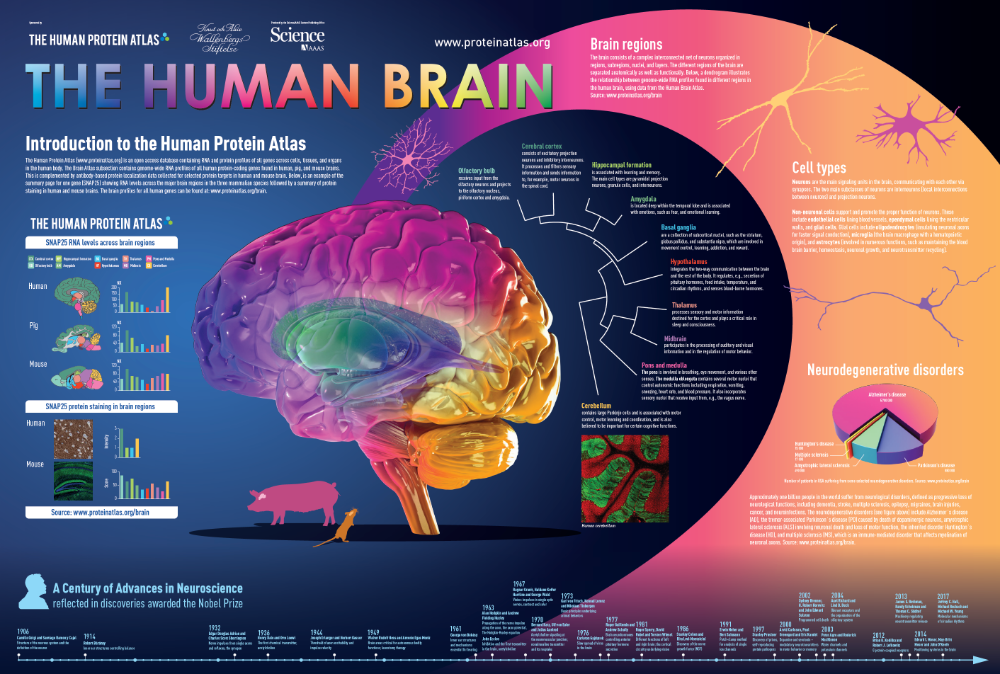 It was not for nothing that in ancient Greece, the municipalities of Greek cities gave out specially free tickets to theatrical performances to the poor, because it was believed that periodically going through experiences, a person cleansed his soul from suffering, from pain and was filled with new positive, creative emotions.
It was not for nothing that in ancient Greece, the municipalities of Greek cities gave out specially free tickets to theatrical performances to the poor, because it was believed that periodically going through experiences, a person cleansed his soul from suffering, from pain and was filled with new positive, creative emotions.
It is from this point of view that I select films for both children and adults. I try, at least. I don’t know how I do it, I’m also a living person, but since the club exists, I’m probably on the right track.
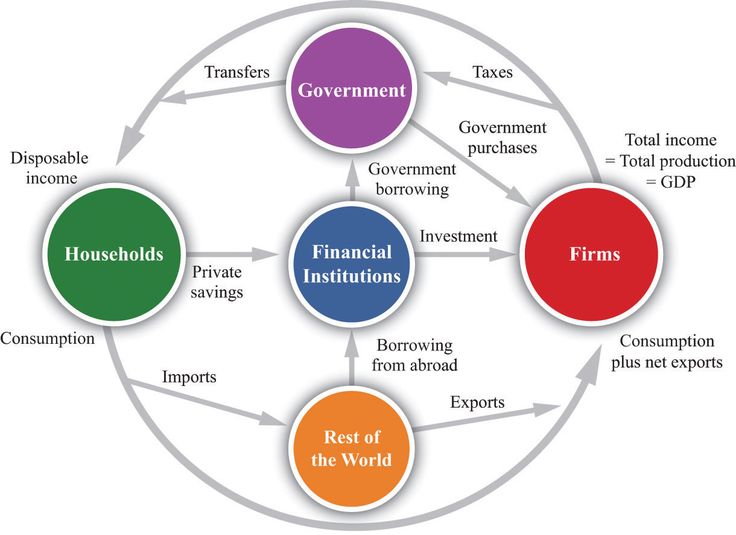
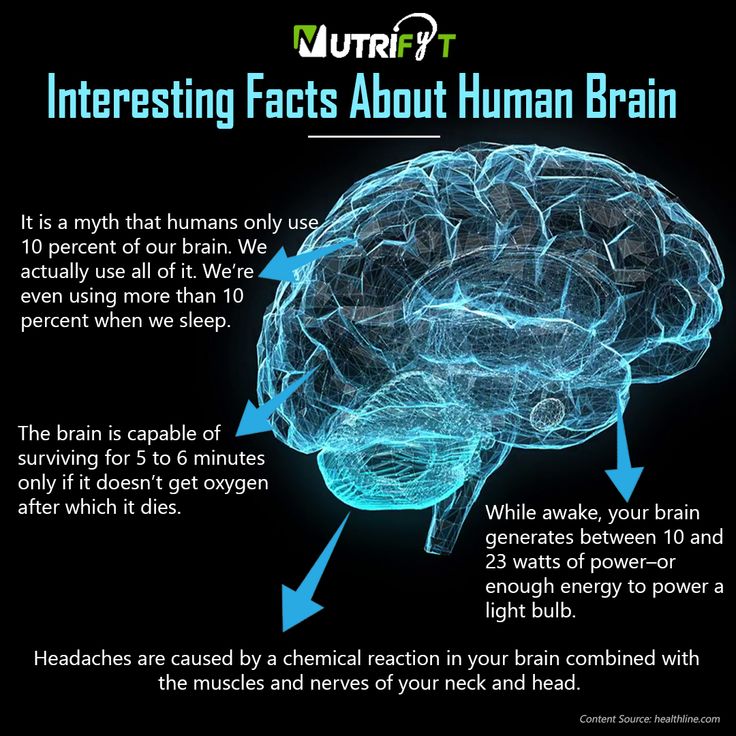
 66).
66). 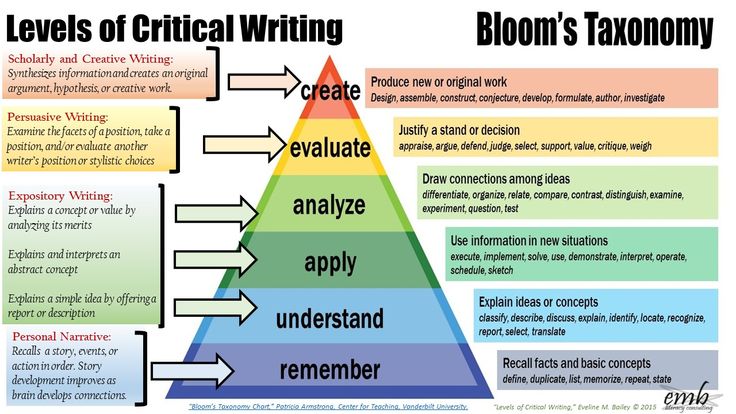
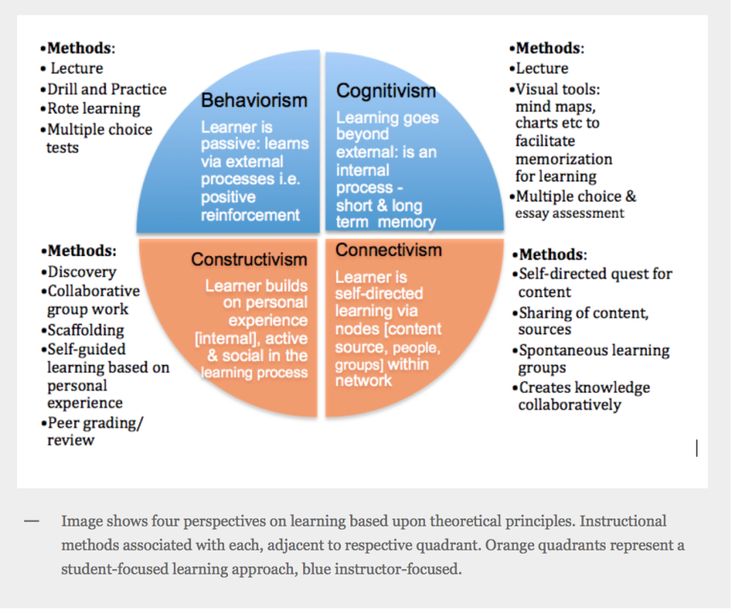 The primary sphere of mental reflection is being improved. Qualitatively new components of the psyche appear, corresponding to a greater differentiation of the world.
The primary sphere of mental reflection is being improved. Qualitatively new components of the psyche appear, corresponding to a greater differentiation of the world. 